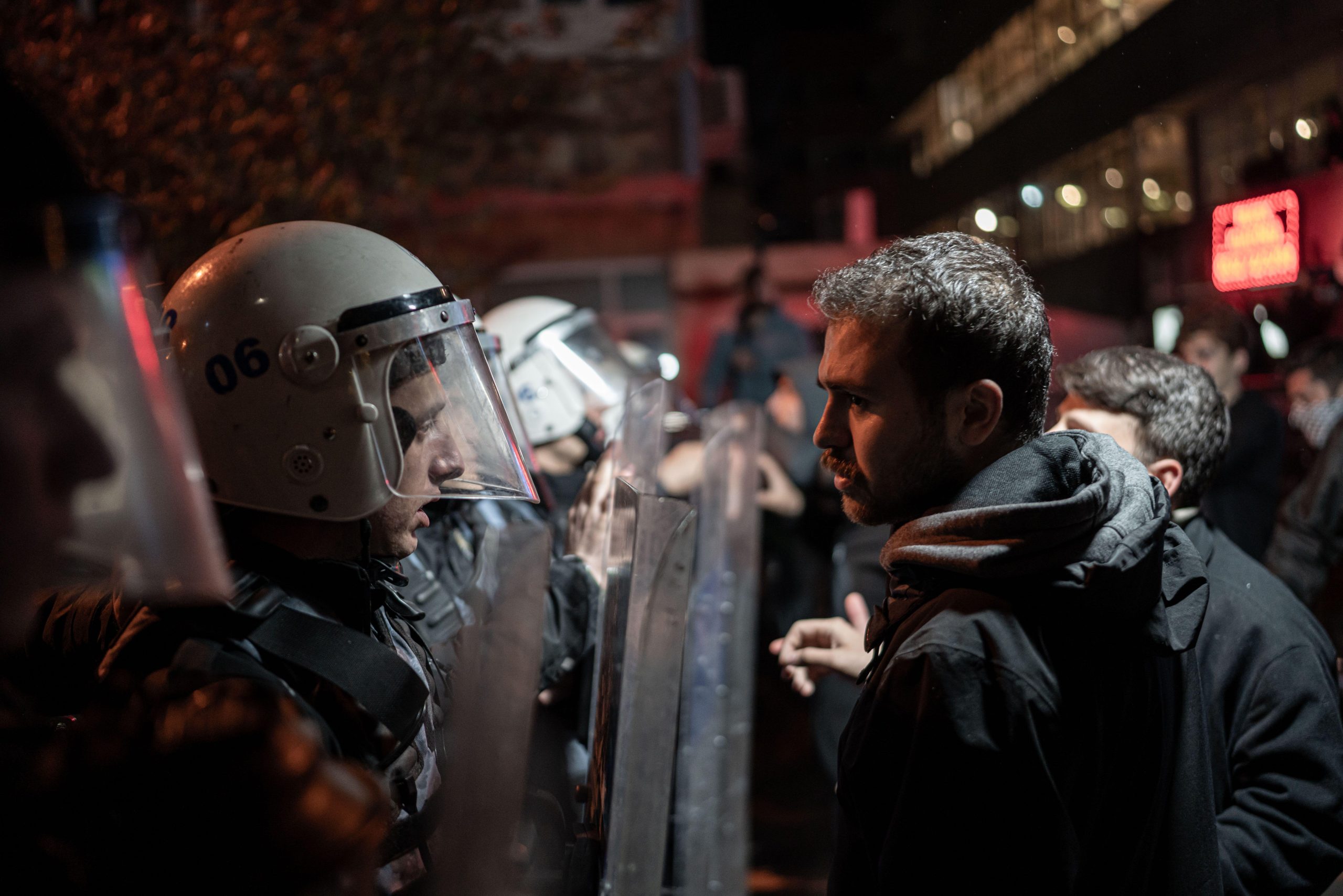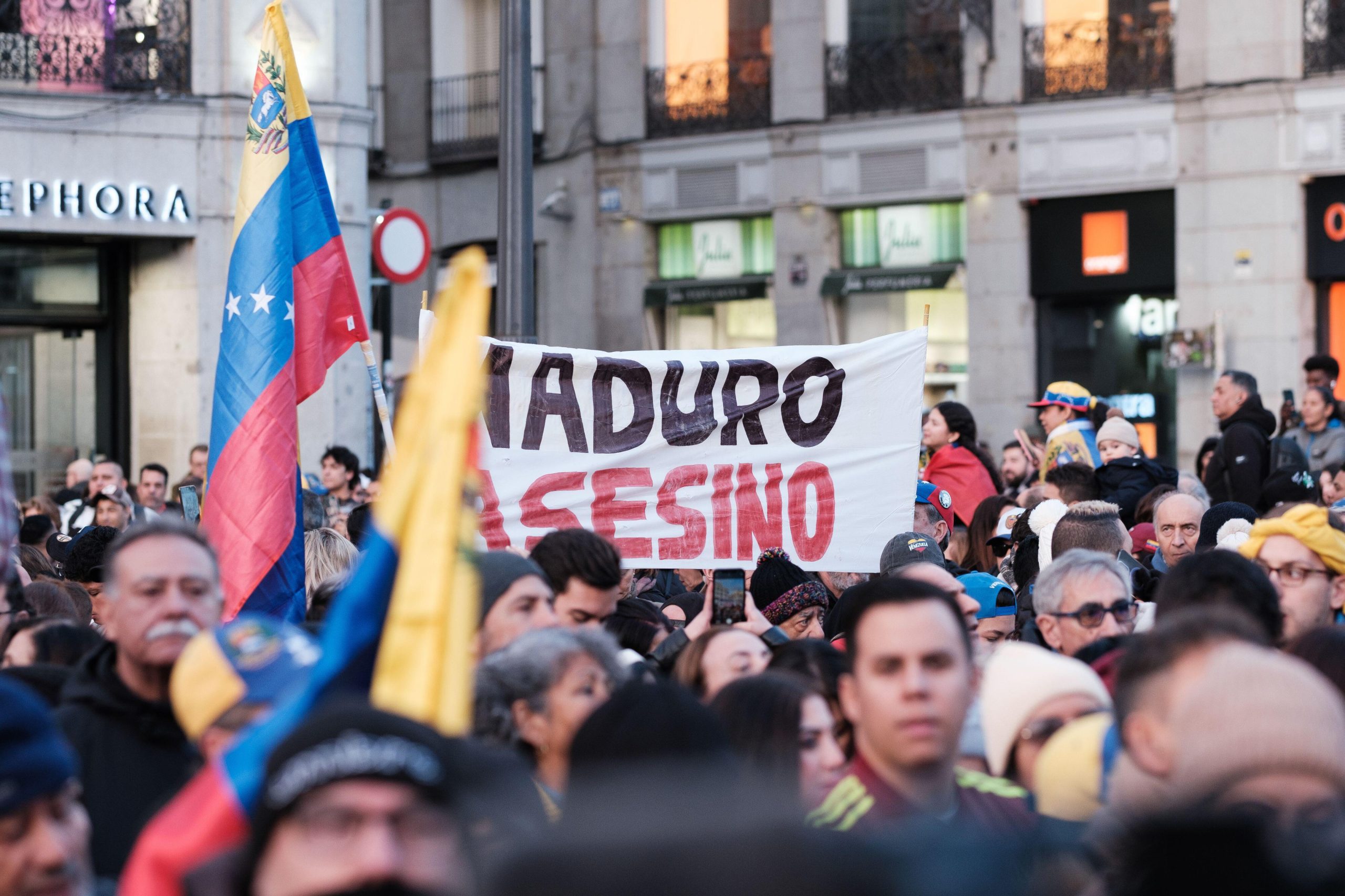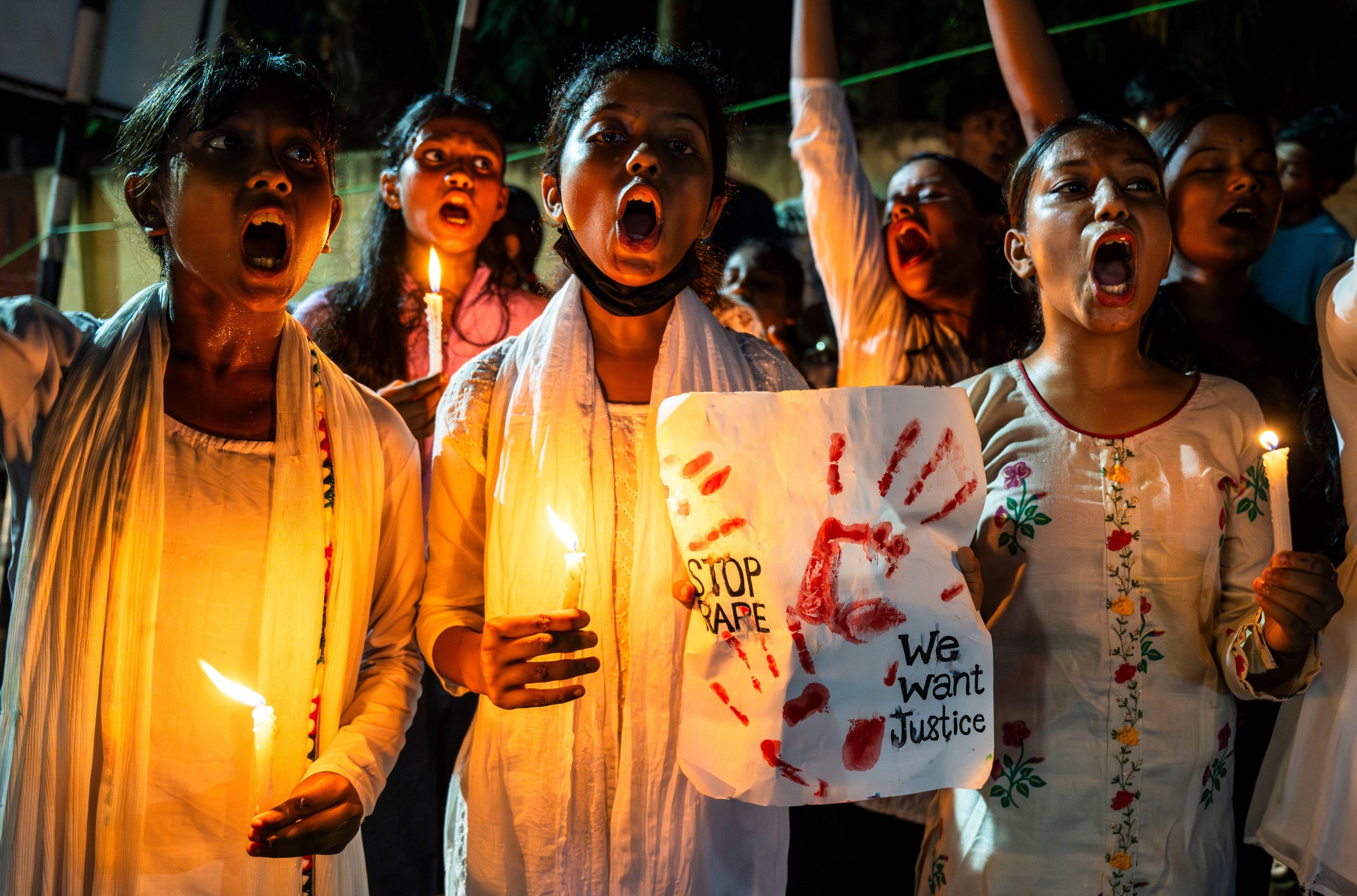 Italy’s broadcast journalists use the internet to circumvent Italy’s television blackout says Manuela Mesco
Italy’s broadcast journalists use the internet to circumvent Italy’s television blackout says Manuela Mesco
In the month prior to Italy’s regional elections — held on 28 and 29 March – no political TV shows were broadcast on state-owned TV RAI. Only public debates among candidates were allowed. All live talk shows were suspended.
This censorship of Italian reporters — disguised as an attempt to maintain fairness in broadcasting journalism during the election campaign – was designed to prevent them from influencing voters with controversial news stories.
The left-oriented Annozero, the moderate Ballarò, Porta a Porta and L’ultima Parola, have all been shut down, because RAI claimed it was not able to guarantee the shows could comply with a new regulation set by Agcom, the Italian counterpart of British Ofcom, for broadcast journalism during election campaign. Of course the provisions said nothing about closing the shows: RAI just used it— allegedly under government pressure— to shut down TV programmes that didn’t toe the Berlesconi line. In comparison, privately-owned TV channels went to tribunal and were able to overturn the decision.
Of course this isn’t the first time Italian journalists have been silenced — the same thing happened in 2002. But what makes it worse this time is that the move was authorised by Agcom whose duty is to watch over irregularities in the media.
No “controversial” voice was heard on national television for a whole month. Yet, despite the law, Berlusconi could still be on every channel, interviewed by tame journalists. Over the last days of the election campaign, the prime minister was everywhere — on private channels as well as on state-owned ones — from TV news to morning shows. That’s how, somebody claimed, the television premier won another election.
Meanwhile the voices of dissenting journalists’ were silenced, at least by official broadcasters. But Michele Santoro, one of the journalists silenced, refused to surrender and organised a huge event, Raiperunanotte (“RAI for a night”), together with the Union of Italian Journalists, to protest against censorship. It was broadcast by several websites and few private digital channels, such as Al Gore’s Current TV. Santoro put together a number of journalists and intellectuals who spoke out “against the regime”, and recorded a huge success. It’s been said to be the biggest web event in Italy ever, with a 13 per cent share of the digital audience, and people watching it live at public screenings across the country. “We’re on the edge of a civic defeat not just because of the censorship”, said RAI journalist Milena Gabanelli during the event, “but because the country accepts what’s happening and does not understand the importance of such absurd moves that make us look ridiculous in front of the rest of the world”.
“The gag has turned into a megaphone” wrote the daily newspaper Il Fatto Quotidiano. The attempt to cancel controversial voices has allowed them to speak louder and to reach a wider audience. What Santoro demonstrated is that, thanks to the web, there is always a way to escape censorship.
Manuela Mesco is a freelance journalist. She worked extensively within the Italian and British press. She’s occasionally writing for The Guardian and several Italian publications
Also read: Berlusconi Under Investigation




